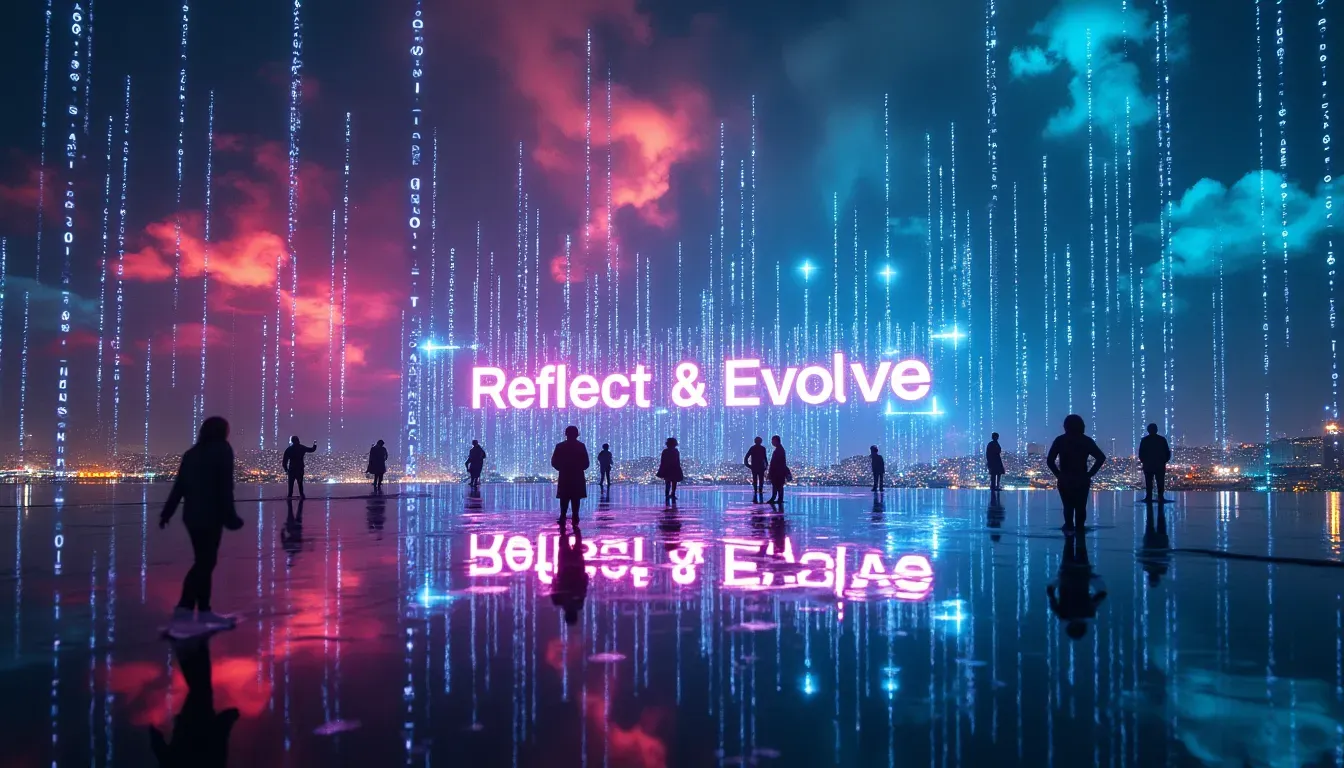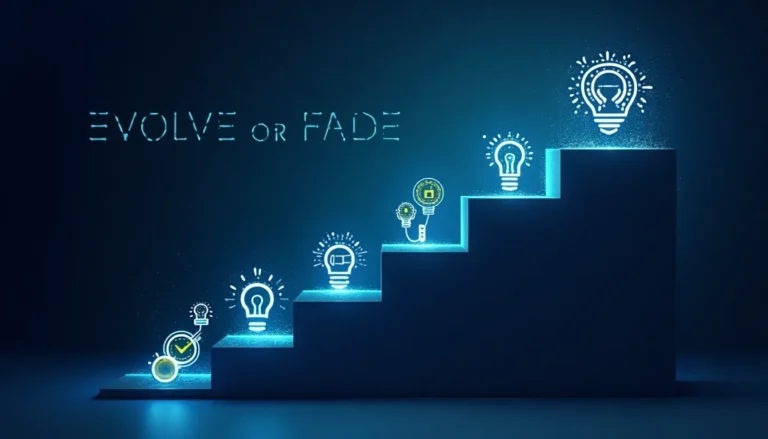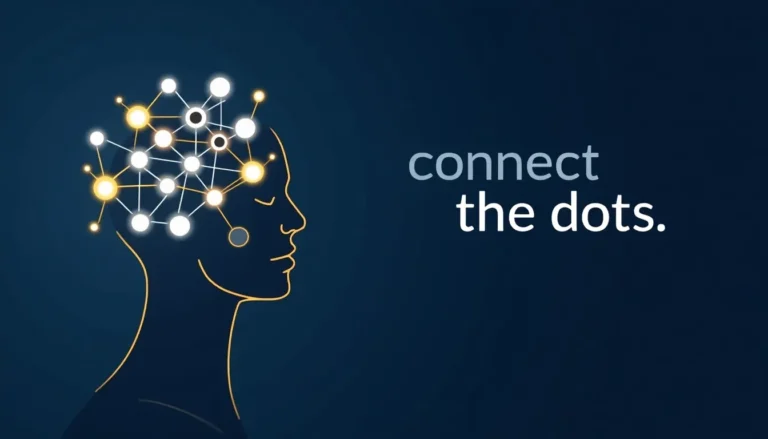The Mirror That Learns
AI doesn’t just reflect us – it amplifies who we are.
Every bias, every preference, every subtle inclination we feed it comes bouncing back, bigger and clearer than before.
Like a funhouse mirror that stretches truth into caricature, AI takes our inputs and returns them with algorithmic certainty.
We train it on human history, and it shows us our past prejudices.
We feed it our literature, and it echoes our storytelling patterns.
We give it our data, and it reveals our hidden assumptions.
But this mirror has a peculiar property – it learns. With each reflection, it adjusts. Adapts. Evolves.
The reflection becomes sharper, more defined, more intentional.
And that’s where both the danger and the opportunity lie.
When we look into AI’s mirror, we’re not just seeing ourselves as we are. We’re seeing ourselves as we’ve been, multiplied across millions of data points and decisions.
Some don’t like what they see.
Others refuse to look.
But the mirror keeps learning, keeps reflecting, keeps amplifying.
The question isn’t whether AI will show us who we are. It already does that, every day, in every interaction.
The real question is: what will we do with that reflection?
Will we break the mirror when we don’t like what we see?
Or will we use it to understand ourselves better? To improve? To grow?
Because unlike regular mirrors, this one can help us change the reflection.
By being intentional about what we feed it.
By examining our biases before they become algorithms.
By teaching it not just what we are, but what we aspire to be.
The mirror is learning.
The mirror is watching.
The mirror is becoming.
And so are we.
Every interaction with AI is a chance to shape the reflection it shows back to the world.
What we see in tomorrow’s mirror depends on what we teach it today.
So look carefully into AI’s reflection.
What you see isn’t just technology.
It’s us.
And like any mirror, it doesn’t lie – it simply shows what’s there.
The question is: are we ready to face our reflection?



